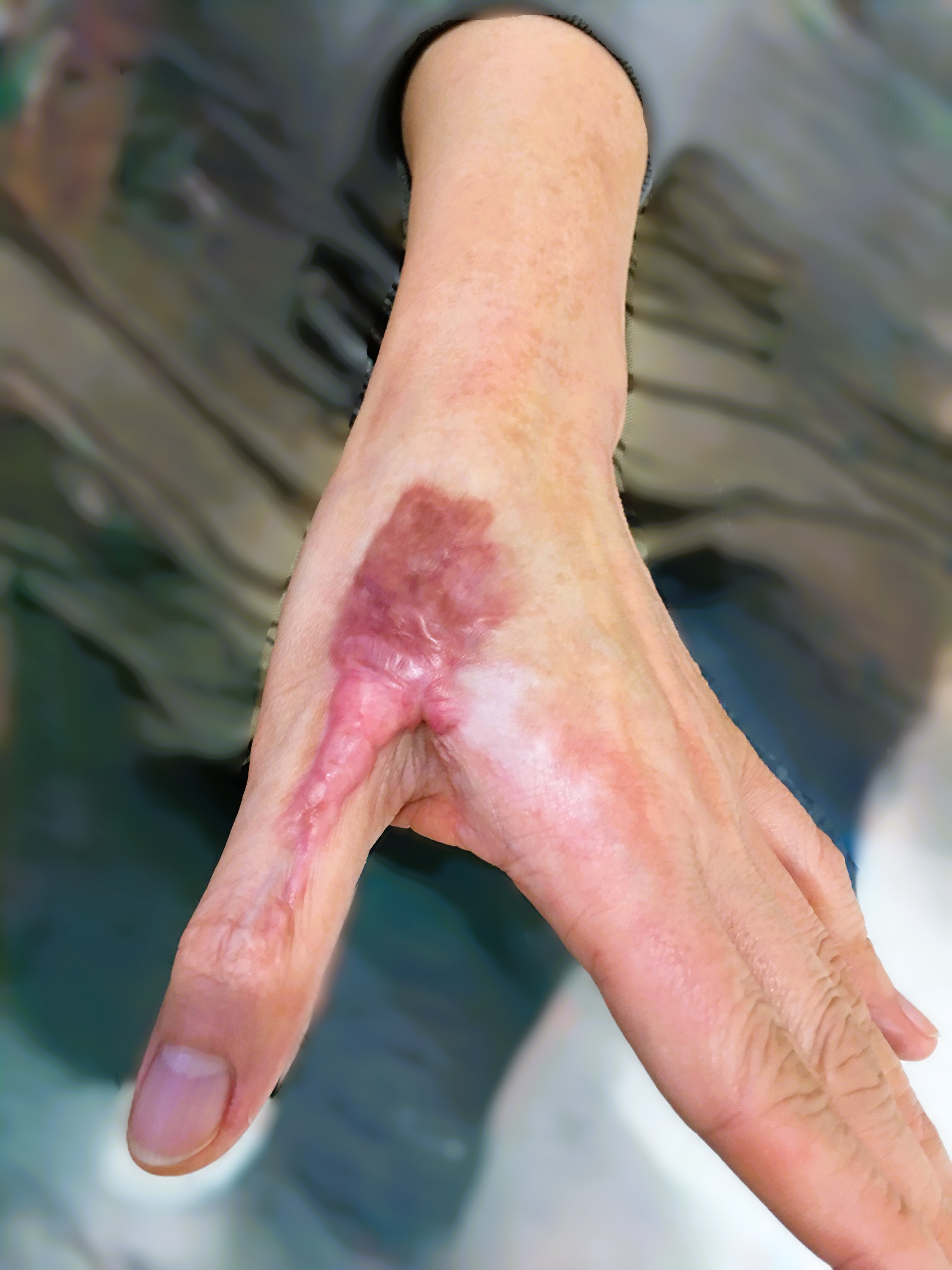Contracture scars form when the skin tightens after a severe injury, particularly burns, limiting movement and affecting the flexibility of the underlying tissues. These scars develop as the skin pulls together during the healing process, often resulting in restricted movement in areas such as joints, the neck, or hands. Contracture scars can range in severity, from mild tightening to deeper, more pronounced restrictions that affect muscles and tendons. In addition to the physical effects, contracture scars can be visually distressing, leading many patients to seek treatment to improve mobility and appearance.
Contracture scars occur when the skin loses elasticity during the healing process, leading to the formation of tight, thick bands of scar tissue. These scars are most commonly seen after severe burns, but they can also develop after surgery or traumatic injuries. The tightening effect can extend into muscles and tendons, severely limiting movement in affected areas. In some cases, contracture scars can impair function, particularly when they form over joints or larger body surfaces. Early intervention with physical therapy, combined with appropriate treatments, can help reduce the long-term impact of contracture scars.

(Available on Excel V and Excel V Plus)
Best for
Mild cases or isolated vessels.
How It Works
The long-pulse Nd:YAG laser emits energy at a wavelength absorbed by haemoglobin in blood vessels. This heat causes the targeted vessels to collapse, effectively treating both surface red veins and deeper blue veins.
Results
Treated vessels may disappear immediately or gradually fade over several weeks.
(Candela VBeam Perfecta, Excel V, Excel V Plus, Sciton BBL)
Best for
More severe cases or large areas of visible facial veins and redness, particularly in rosacea.
How It Works
This approach layers multiple vascular-targeting technologies in one session, including:
Results
Effectively reduces visible veins, diffuse redness, and facial flushing commonly seen in rosacea.
(Candela VBeam Perfecta, Excel V, Excel V Plus, Sciton BBL)
Best for
Stimulating collagen and vascular remodelling to reduce persistent skin redness.
How It Works
Often recommended in combination with vascular laser or BBL treatments to enhance skin healing, texture, and redness reduction.

Contracture scars are tight, thickened areas of skin that form after severe burns or injuries. They can restrict movement by pulling on the surrounding skin, muscles, or joints, and may sometimes involve underlying tissues.

Yes, laser treatments, particularly UltraClear (laser coring), can help soften and flatten contracture scars. They work by promoting collagen remodelling, improving skin elasticity, and reducing tightness.

UltraClear laser (laser coring) is most commonly used for contracture scars as the light penetrates deeply to break down scar tissue and stimulate new skin growth. In some cases, VBeam is commonly used in conjunction with UltraClear.

On average, 4–8 sessions spaced several weeks apart are recommended for noticeable improvements. The exact number depends on the severity and size of the scar.

Laser treatment may cause mild discomfort, often described as a snapping or stinging sensation. Numbing creams, local anaesthesia and cooling devices are typically used to ensure patient comfort during the procedure.

Recovery time depends on the laser type. UltraClear laser may require a few days to a week of healing, during which redness, swelling, and mild peeling are common.